|
This article is referred to in the previous blog post (Vines… 3/9/17) and appeared in the June/July 2012 issue of Southern Traditions Outdoors Magazine. 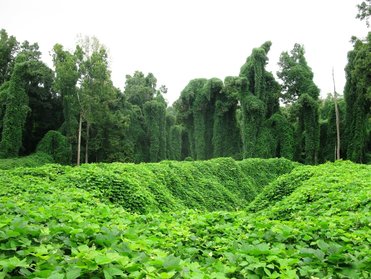 I don’t know about you, but I am fed up with kudzu! I have seen it along highways for years covering everything within its grasp: trees, telephone poles, electric lines, houses and even cars. It seems that anything that stands still will eventually be covered by this vegetative beast. And that isn’t far from the truth! Under ideal conditions kudzu can grow 12 inches in a single day and can scale anything it can hold on to! As so often happens with other invasive animals and plants, kudzu was introduced to the US with good intentions. It was imported from Japan to control erosion along hillsides and gullies. In reality, kudzu only slows one type of erosion, impact. Impact erosion occurs when raindrops fall directly upon bare earth, breaking soil particles loose and making them easier to wash away. The leaves of the kudzu vine do protect the ground from the majority of these impacts. However the second type of erosion, run-off, is simply hidden by the leaves. Run-off erosion happens when water flows over the ground, picking up loose particles of soil along the way. The best type of plant to control run-off erosion is one that locks up these soil particles within and under a dense root and foliage mass. Kudzu vines have a very sparse root system relying mainly upon one central tap type root shaped very much like a long and narrow sweet potato that can extend several feet into the ground. As the vines radiate out they will occasionally send out shallow root type extensions that help the vine adhere to whatever landscape or surface it encounters. When growing along the ground these shallow roots may create another narrow tap type root. The majority of the area under kudzu is root free. This is partially because of kudzu’s limited root system, but also because the kudzu vines eventually kill off every other rooting plant under their leaf canopy leaving the soil vulnerable to run-off erosion. I didn’t become personally acquainted with kudzu until we purchased our farm near Dyersburg, Tennessee. There were several kudzu areas along the road and a few spots isolated deep in the woods. What concerned me about these vines was what they were doing to the trees. All along each area’s perimeter the vines extended up and over the top of trees, smothering/starving them by blocking sunlight from reaching their leaves. As I inspected these areas, I saw standing and fallen dead trees that had been covered and killed years before. Some were large majestic oaks or hickory. I had to do something to stop this destruction! I started investigating ways to kill kudzu. But, most of the locals I spoke to had given up fighting kudzu years before. Some had tried fire (it just grew back), others had sprayed chemicals (enough survived to come back) and others had tried goats. Goats will eat anything, including kudzu. In situations where you can securely pin them in, goats are a solution. That wasn’t possible on our farm or for many farms in our area. Most of the kudzu had been purposely placed in areas of severe erosion surrounded by rugged terrain. There areas could not be practically and securely fenced. Even if we were successful, the erosion the kudzu was hiding needed to be controlled. That would not be possible with goats present. After much research and experimentation, I settled on a plan that is working for our situation. This multipart plan includes cutting, spraying, policing and erosion control. We cut the vines climbing the trees at approximately chest height creating a “ring” effect. Then we spray a combination of Round-up and dishwashing soap on all vines under the trees and covering open areas. This will kill approximately 90% of the vines. There are more effective herbicides for kudzu on the market. However, most of our land drains into a private body of water, Fyrne Lake. So, we chose Round-up because of its lack of active residual chemical and its low negative environmental impact. We did increase Round-up’s effectiveness by adding a teaspoon of dishwashing soap per gallon of Round-up. The soap breaks the surface tension on the leaves allowing the herbicide to more easily enter the plant. Within a few weeks 10% of the vines will be sprouting and, without follow-up, kudzu will cover up all our previous efforts within a year. This is where many in the past have given up. They were looking for a magic bullet where there is none. A consistent and persistent effort is the only way to succeed with kudzu. So, every few weeks we police the area and spray any sprouting vines. Eventually, finding a vine will become rare. For us, complete eradication from an area takes about 2 years. Erosion control is also a very important element of the process, mostly because kudzu was often placed in the area to slow erosion. Now, with the kudzu being eliminated, an effective erosion control plan needs to be in place. Depending upon the terrain, you may need to create catch basins or berms. Or, it may be as simple as smoothing out the land and planting grass to slow and spread out the flow of any run-off. Every property is different and, if you do have an erosion issue on your land, I would recommend obtaining professional advice. Kudzu is a cancer in the south. But a cure is possible. With a plan, the proper tools and a persistent effort you can make a difference. Take a look at the before and after pictures using Kevin's Kudzu eradication plan. (above)
These results took 2 years. Photos by Kevin Griffith Comments are closed.
|
AuthorKevin Griffith Archives
September 2018
Categories |
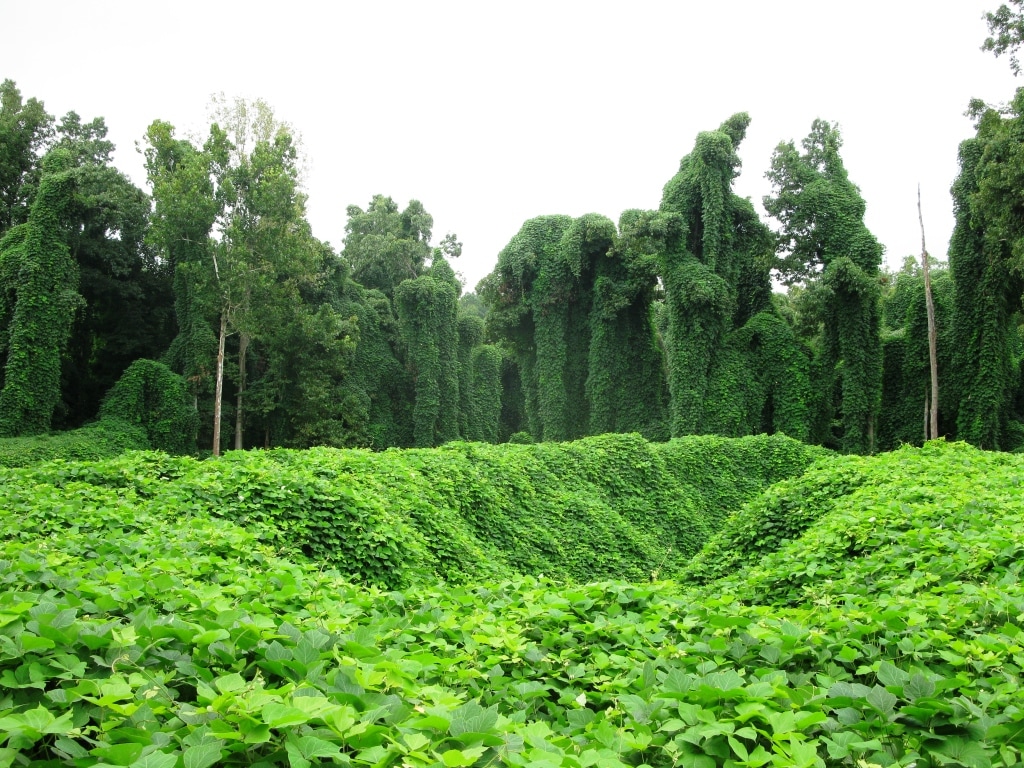
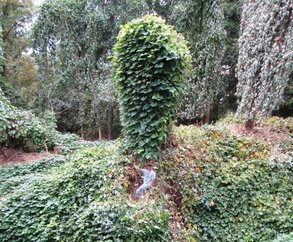
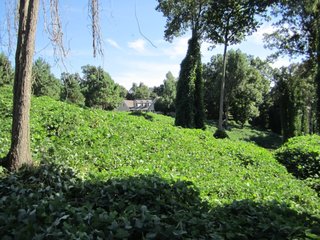
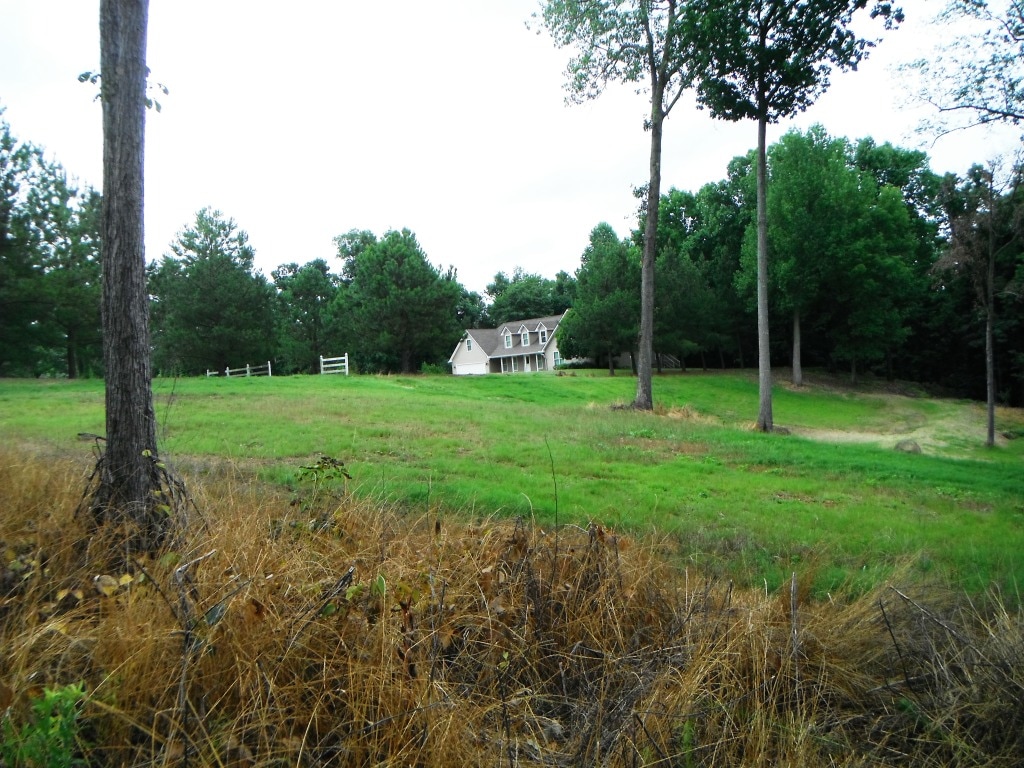
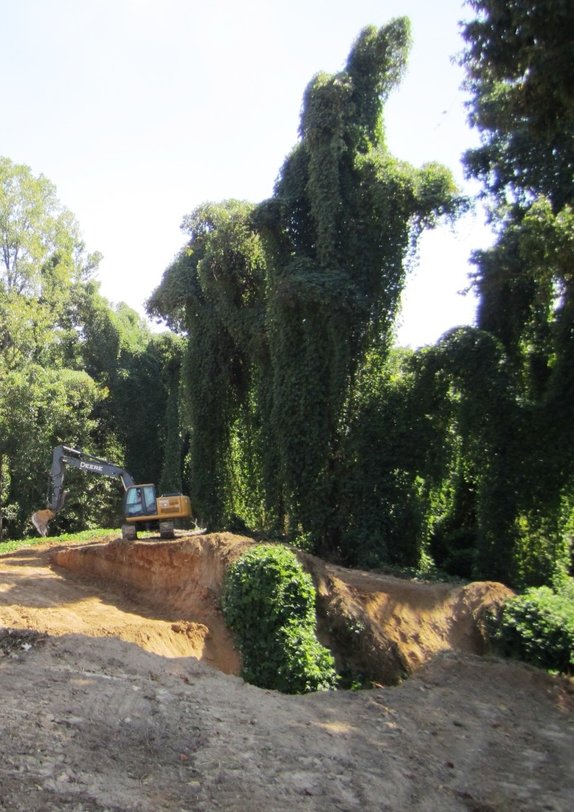
 RSS Feed
RSS Feed